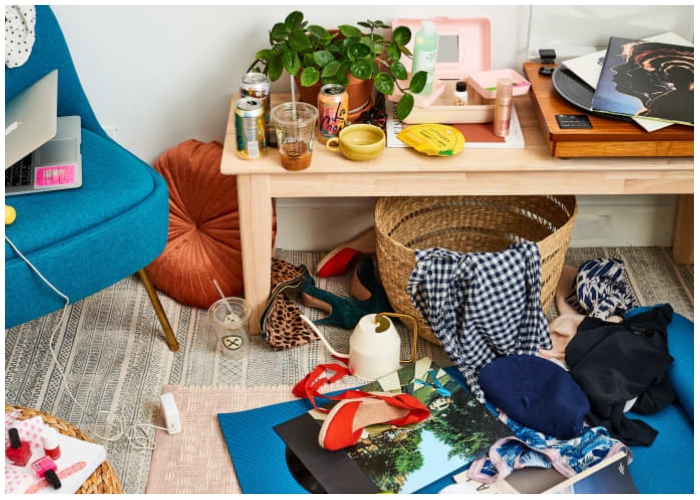In a world that moves fast, slowing down can feel like a radical act. We’re bombarded with schedules, notifications, and the pressure to optimize every minute. But what if your home became the antidote to that? What if it wasn’t just a place to land, but a space designed for stillness?
The concept of slow living has gained traction as more people seek peace amidst the chaos. And it starts with how you live at home. By creating a space that reflects intention rather than urgency, you can shift not just how your home feels, but also how your life feels.
This article explores the practical and emotional power of slow living, right where you are.
What Is Slow Living, Really?
Slow living isn’t about doing everything at a snail’s pace. It’s about being mindful of how you spend your time, energy, and attention. It’s choosing quality over quantity, presence over productivity, and depth over speed.
At home, this means being intentional with what you bring into your space, how you use your time there, and the way your surroundings support calm. A slow home isn’t just minimalist—it’s meaningful.
It doesn’t require a cabin in the woods or quitting your job. It just requires a willingness to pause and notice.
Why Our Homes Feel Rushed
Many of us live in homes that mirror the pace of our lives: overstuffed, overstimulated, and overbooked. Piles of laundry, unread mail, constant background noise—it all adds up to a sense of mental and emotional clutter.

Even spaces that are beautifully decorated can feel draining if they’re not aligned with how you actually live. We often fill our homes with things we think we should have, rather than with what we genuinely use or love. The result? Spaces that look nice but don’t offer the rest and refuge we desperately need.
Simple Ways to Bring Slow Living Into Your Home
Slow living isn’t about perfection—it’s about intention. Here are some small but powerful ways to slow down your space:
- Declutter mindfully – Start with one drawer or shelf at a time. Ask yourself: “Does this support how I want to feel here?”
- Create soft landing zones – Choose a few areas (a reading nook, a cozy chair, your bed) that feel like emotional exhale spots.
- Use natural light and texture – Open the windows. Choose linen, cotton, or wood where possible. These create softness and grounding.
- Keep your routines visible – Place a teapot, a yoga mat, or a journal in plain sight. Let your space invite rest, not just chores.
- Designate tech-free zones – Try making the bedroom or dining area a space where screens stay out. Presence starts with fewer pings.
The goal isn’t to change everything—it’s to make small adjustments that shift the feeling of your home.
Embracing Rituals Over Routines
Routine can feel rigid. Ritual feels intentional.
Turn ordinary tasks into moments of mindfulness: light a candle before dinner, play soft music while cleaning, water your plants slowly instead of rushing through the task. These little rituals serve as anchors, bringing you into the moment.
Even 10 minutes of deliberate action can change the entire tone of your day. When your home supports these pauses, it becomes more than a place you live—it becomes a space that heals.
The Emotional Impact of Slowing Down
When your home slows down, your mind follows. Fewer distractions mean more clarity. Less clutter means less decision fatigue. And more intention creates more contentment—not just with your space, but with your life as a whole.
You may begin to notice:
- Less stress when waking up or walking through the door
- More connection with your habits and environment
- Greater appreciation for simple pleasures—like light, air, quiet
- A deeper sense of presence with the people you live with
Slow living doesn’t solve all of life’s problems—but it gives you a solid, centered foundation to meet them from.
Feel True
Your home doesn’t have to be bigger, fancier, or trendier to feel better. It just needs to feel true. When you bring slow living into your space, you give yourself permission to stop rushing and start living.
Because the point isn’t to get through life quickly—it’s to experience it fully.
And that begins at home.